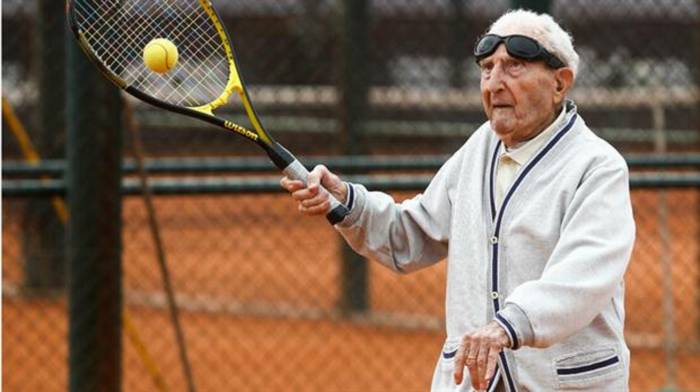Learning to play tennis after 50 offers distinctive opportunities and challenges that are manageable. While often seen as a young person’s game, many adults enjoy and excel in the sport later in life. Stories like that of Gerald Marzorati, who started competitive tennis at 55, show how beginning tennis later in life can lead to improvements in health and lifestyle. Older players can improve physical fitness, sharpen mental skills, and expand social connections.
Age and Health Benefits
A concern for starting tennis later in life is the physical demands. However, these demands have substantial health benefits, such as stronger muscles, improved cardiovascular health, and bone density. Regular play can decrease the risk of osteoporosis by enhancing balance and muscle tone. Tennis is easier on the joints than running, making it suitable for older adults.
Tennis helps increase stamina and flexibility, which tend to decline with age. The Copenhagen Heart Study found that adults who consistently play tennis live nearly ten years longer than those with sedentary lifestyles. This longevity is due to the cardiovascular and musculoskeletal benefits of regular play. A study in Mayo Clinic Proceedings showed that playing tennis reduces the risk of death by nearly half compared to being inactive.
Playing tennis also supports mental health by boosting blood flow to the brain, which helps maintain memory and cognitive abilities. The sport releases endorphins, which improve mood and reduce stress and anxiety. By regularly practicing, older adults can enhance physical and mental well-being, promoting a holistic approach to healthy aging.
Social Benefits and Learning Strategies
Tennis offers many social benefits, providing chances to meet new people and form lasting connections. Clubs and leagues build community and camaraderie, which are important for older adults who might face social isolation. Tennis clubs create an environment where players of different ages and skill levels can interact and support one another.
For newcomers to tennis later in life, it’s essential to focus on effective learning strategies. Choosing an instructor experienced in teaching adults is important as they adapt their methods to fit the needs of older learners. Good equipment, like a well-suited racket and comfortable shoes, can improve progress. Starting with basics like footwork and stroke techniques helps build a solid foundation.
Consistent practice is key to building skills and confidence. Committing to even a few hours each week facilitates steady improvement. Patience is needed, as progress in tennis later in life may take more time than when learning at a younger age.
Online Sports Betting and Unanticipated Pursuits
Taking up tennis at an older age can inspire interest in other areas. Many find that learning tennis leads to other hobbies or intellectual pursuits, such as sports analysis or understanding online sports betting strategies. The analytical skills gained in tennis can enhance the appreciation of statistics and predictions, sometimes motivating a deeper interest in the strategic aspects of betting beyond financial gain.
This broader engagement can result in a greater appreciation for tennis and other areas of interest. Taking up tennis after 50 can lead to a range of rewarding experiences, both on and off the court.
Overcoming Challenges and Embracing Opportunities
Starting tennis later in life involves overcoming challenges such as time constraints, physical limitations, and self-doubt. Managing time effectively allows tennis to be made a priority. Experienced coaches can create tailored training plans based on an individual’s abilities to prevent injuries. Focusing on a positive self-image and setting achievable goals reinforces psychological resilience, encouraging continued involvement despite setbacks. Recovery techniques, including stretching and regular massages, support sustained activity.
Examples of successful late-life tennis learners highlight the sport’s accessibility beyond 50. Many continue to play actively into their 80s, exemplifying how tennis contributes to long-term health and enjoyment.
The journey of learning tennis at any age demonstrates the potential for skill development and mastery throughout life. Age should be seen as an opportunity to explore and enjoy everything tennis has to offer.















